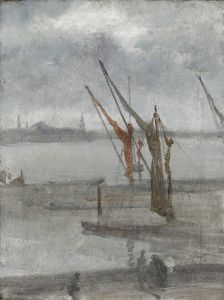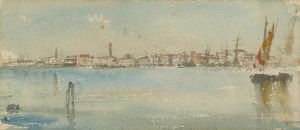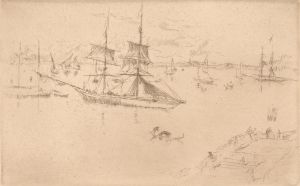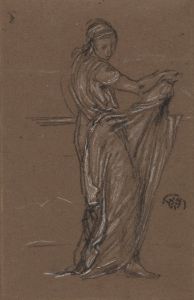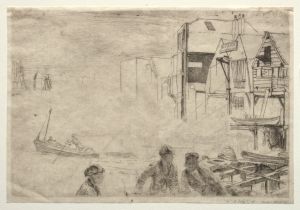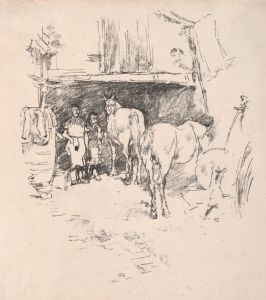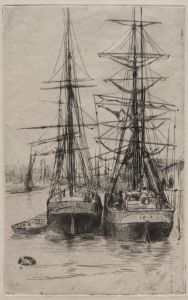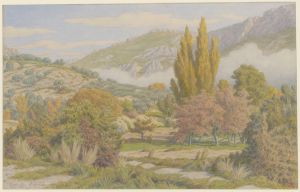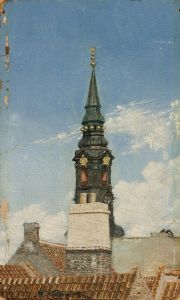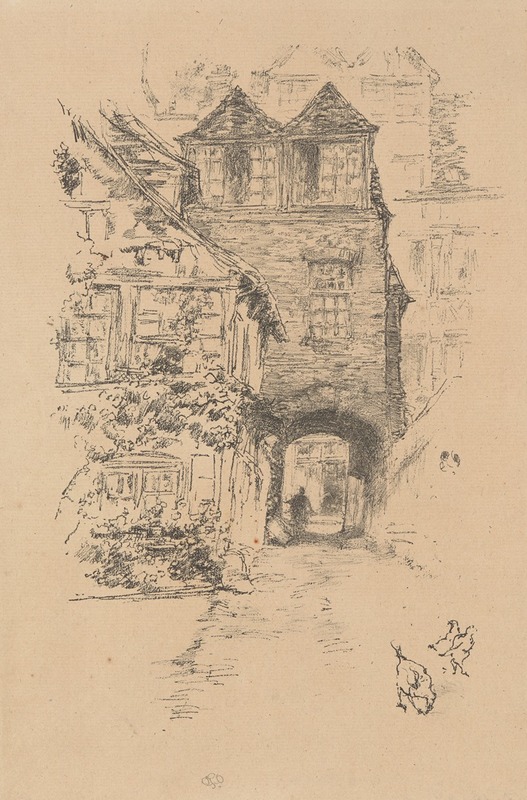
The Priest’s House—Rouen
A hand-painted replica of James Abbott McNeill Whistler’s masterpiece The Priest’s House—Rouen, meticulously crafted by professional artists to capture the true essence of the original. Each piece is created with museum-quality canvas and rare mineral pigments, carefully painted by experienced artists with delicate brushstrokes and rich, layered colors to perfectly recreate the texture of the original artwork. Unlike machine-printed reproductions, this hand-painted version brings the painting to life, infused with the artist’s emotions and skill in every stroke. Whether for personal collection or home decoration, it instantly elevates the artistic atmosphere of any space.
"The Priest’s House—Rouen" is a painting by the American-born artist James Abbott McNeill Whistler, who is renowned for his contributions to the art movements of Realism and Impressionism. Whistler was born on July 10, 1834, in Lowell, Massachusetts, and he spent a significant portion of his career in Europe, particularly in London and Paris. His work is characterized by a distinctive style that often emphasizes mood and atmosphere over detailed representation.
"The Priest’s House—Rouen" was created during Whistler's travels in France. Rouen, a historic city in Normandy, is known for its medieval architecture and its significance in French history. Whistler visited Rouen in the 1890s, a period when he was deeply engaged in capturing the essence of European cities through his art. This painting is one of several works he produced that reflect his fascination with the architectural and atmospheric qualities of the locations he visited.
The painting depicts a quaint, historical building in Rouen, which Whistler identified as the "Priest’s House." The structure is rendered with Whistler's characteristic attention to the interplay of light and shadow, creating a sense of depth and texture. The composition is notable for its subtle use of color and the delicate balance between detail and abstraction, which are hallmarks of Whistler's mature style.
Whistler's technique in "The Priest’s House—Rouen" involves a refined application of paint, often using thin layers to build up the image gradually. This method allows for a nuanced portrayal of the building's surfaces and the surrounding environment. The painting captures the quiet dignity of the historical architecture, set against the backdrop of Rouen's urban landscape.
Throughout his career, Whistler was influenced by various artistic movements and traditions, including Japanese art, which is evident in his use of composition and space. His work often reflects a synthesis of Western and Eastern artistic principles, resulting in a unique and innovative approach to painting.
"The Priest’s House—Rouen" is part of Whistler's broader body of work that includes portraits, cityscapes, and nocturnes. His paintings are celebrated for their aesthetic beauty and their ability to evoke a sense of place and atmosphere. Whistler's contributions to art were recognized during his lifetime, and he remains an influential figure in the history of modern art.
Today, Whistler's works are held in major museums and collections around the world, including the Louvre in Paris, the Tate Britain in London, and the Smithsonian American Art Museum in Washington, D.C. "The Priest’s House—Rouen" continues to be appreciated for its artistic merit and its representation of Whistler's skill in capturing the essence of his subjects.
James Abbott McNeill Whistler passed away on July 17, 1903, in London, leaving behind a legacy of innovation and excellence in the visual arts. His work, including "The Priest’s House—Rouen," continues to inspire and captivate audiences, reflecting his enduring impact on the art world.





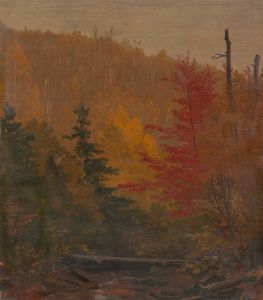
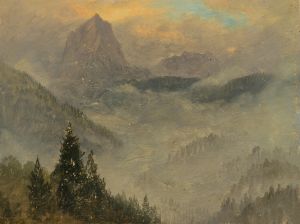
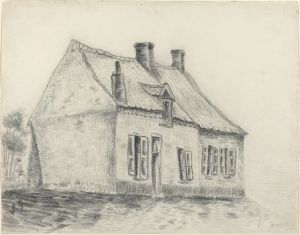
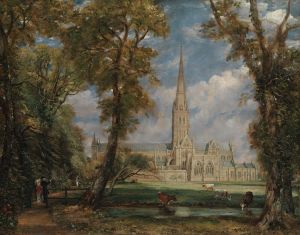
![Design for reflected ceiling plan.] [Partially colored drawing for ceiling plan](/imgs/249463/s/winold-reiss-design-for-reflected-ceiling-plan-partially-colored-drawing-for-ceiling-plan-11749db9.jpg)
